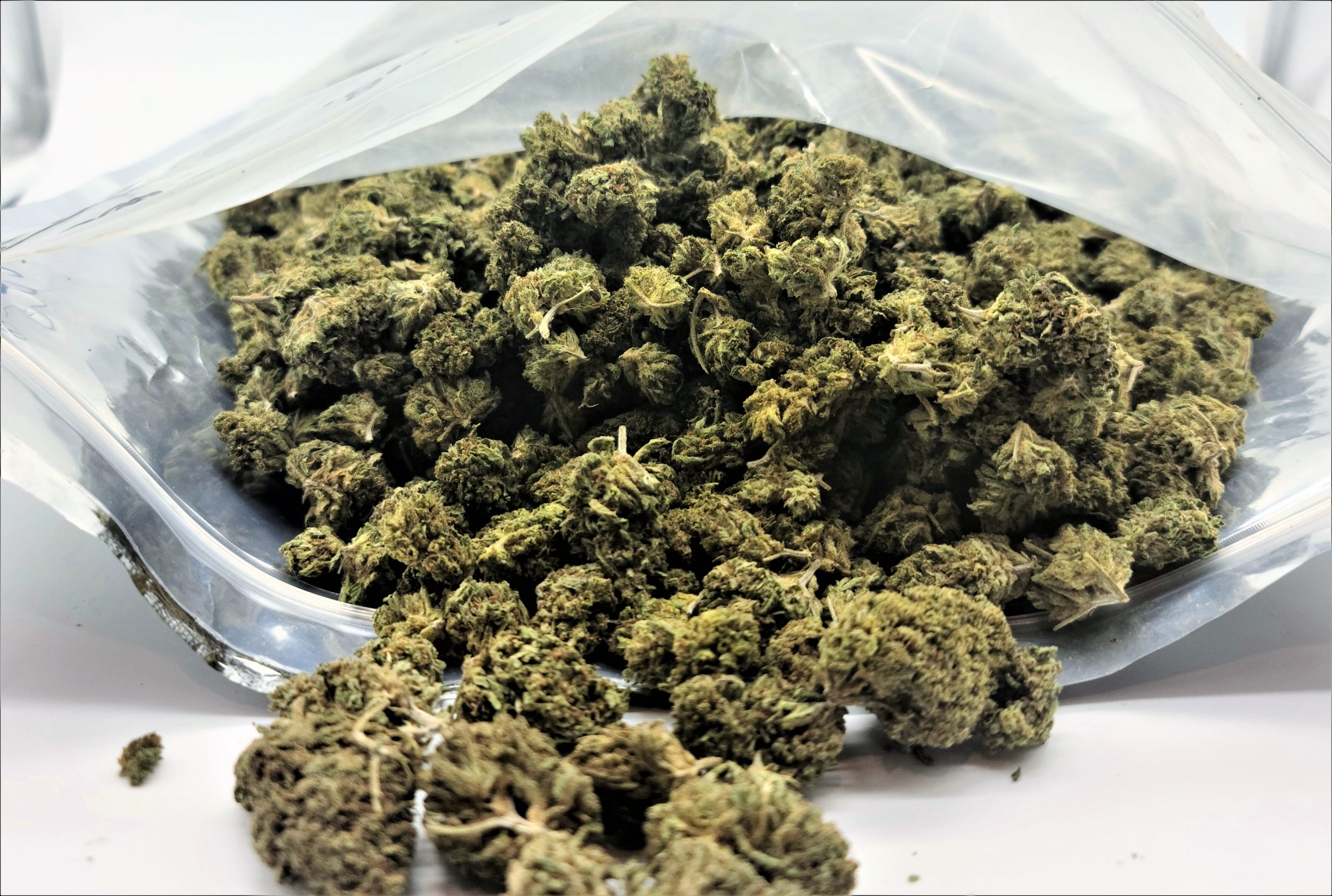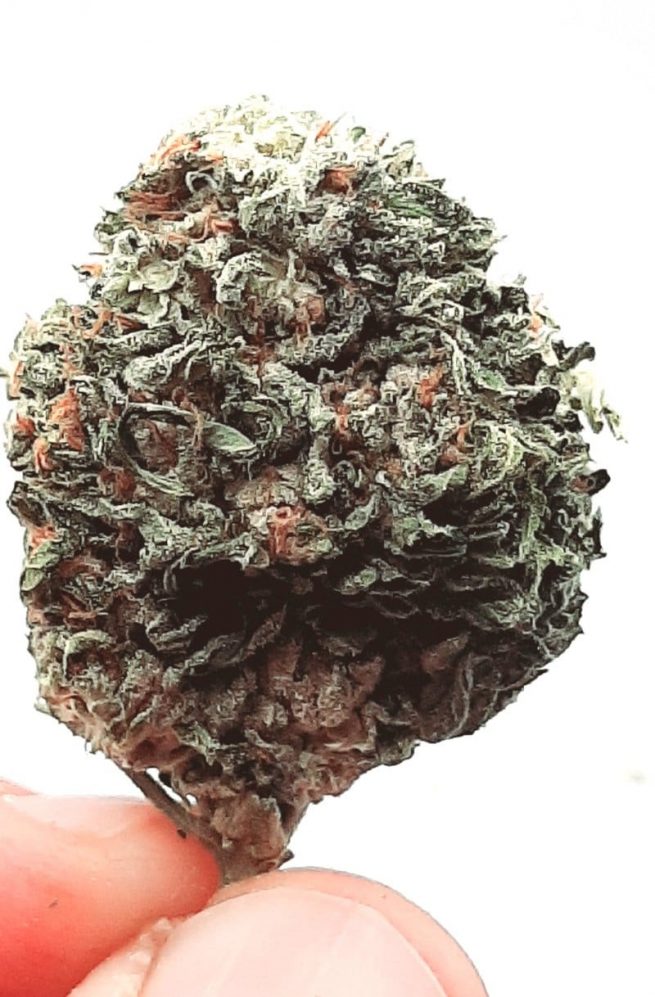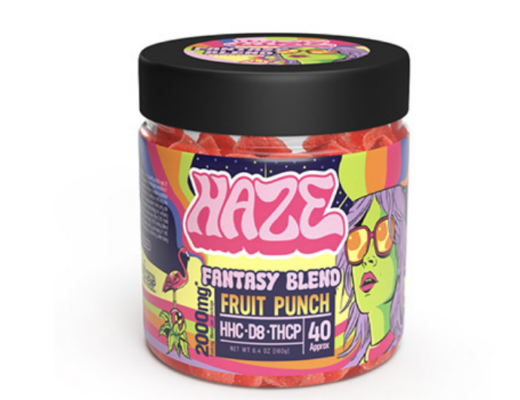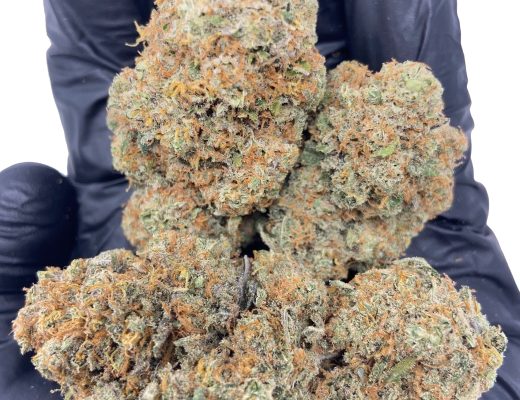Delta 8 flower and Delta 9 flower are two of the most popular cannabis products on the market. While they come from the same plant, some key differences between them make them different experiences altogether. Here are seven reasons why Delta 8 flower is different from Delta 9 flower:
THC content
The first major difference between these two types of flower is their THC content. Delta 9 flower tends to have higher concentrations of THC than Delta 8, meaning it will produce a more intense psychoactive experience than its counterpart. This makes it better for those looking for an intense high, but may be too much for more casual users or those with a lower tolerance to THC.

Appearance
Another major difference between these two types of flower is their appearance. The Delta 8 flower typically looks and feels drier than the Delta 9 plant, with fewer trichomes (the tiny crystals on the surface) on the leaves and buds than its counterpart. In addition, due to its higher moisture content, Delta 9 can often have a stickier texture than what you would find in Delta 8 Flower.
Smell & taste
The smell and taste of any type of cannabis can vary drastically depending on strain and quality, but in general Delta-8s tend to have milder terpene profiles than Delta-9s. This can lead to a smoother smoking experience with less coughing or irritation when inhaling smoke from delta-8 bud products compared to similar strains made with delta-9 THC.
Potency
The potency of different strains of cannabis can vary greatly due to differences in THC content. In general, however, delta-8 flowers tend to have a slightly lower potency than those grown with delta-9 genetics, as they contain fewer cannabinoids per gram overall, resulting in a milder effect when used medicinally or recreationally.
Effects
Delta-8 flowers tend to produce effects that are softer and more uplifting than their delta-9 counterparts, which tend to produce heavier body highs along with increased mental stimulation such as paranoia or anxiety associated with excessive use of certain strains containing higher amounts of this cannabinoid variety. This makes them ideal for people who want something that won’t cause too much intensity or cognitive impairment after consumption – making them perfect for medical patients or social smokers alike!
Legality
As far as legality goes – this is where things get complicated, as both forms exist within the confines of federal law (aside from certain local restrictions). However, due to the current regulations surrounding hemp production in general – most commercial sources will only be able to sell one form or the other depending on where they source their material from and how they process it into a finished product before distribution takes place, so make sure you know what kind you’re buying before you consume!
Price Point & Availability
Finally – availability & price point also differ significantly between these two strains; while both forms can be easily found locally if you look hard enough – as Delta Eight is still relatively new to the commercial scene – many dispensaries tend to charge premium prices for smaller quantities when compared to traditional bud grown specifically for recreational purposes, which instead contain mostly synthetic versions (which again – could be illegal depending on your state laws). That said – if you’re willing to put the effort into researching online resources, there should still be plenty of options out there no matter where you live!

In conclusion
even though both forms are derived from the same source material – there are very few distinct characteristics that separate these two strains from each other beyond their respective levels of THC content, which ultimately brings us back full circle to understanding why Delta Eight Flower is truly unique in itself, whilst offering consumers new ways to enjoy cannabis without necessarily being overwhelmed by the overly potent effects associated with traditional marijuana use!



